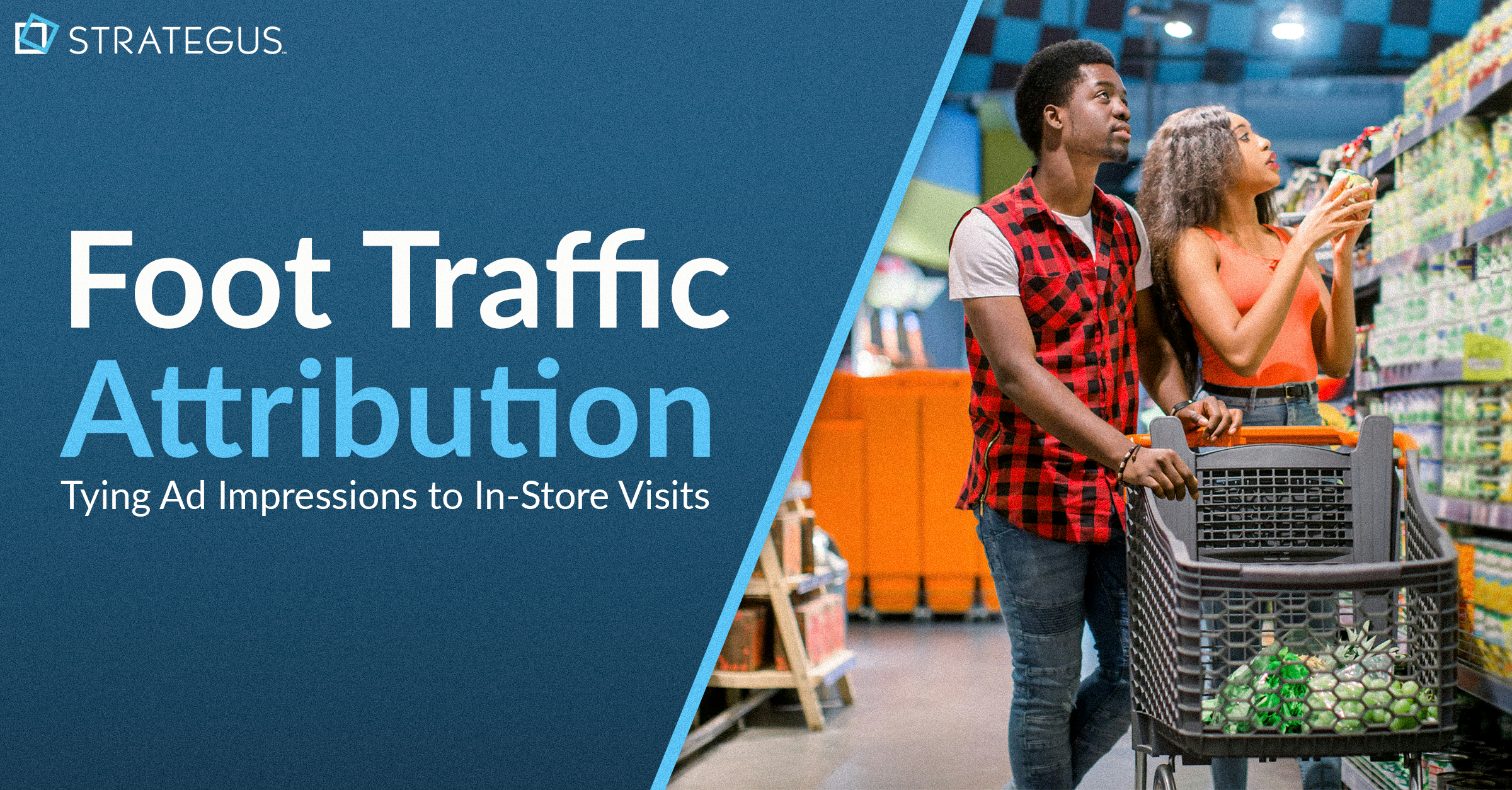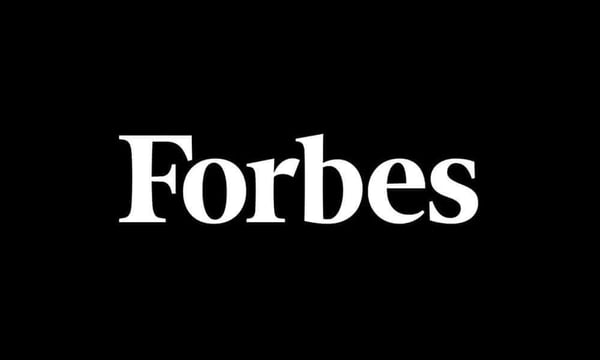- Home
- Company News
- The Democratization Of CTV Advertising Through Programmatic CTV/OTT
The Democratization Of CTV Advertising Through Programmatic CTV/OTT
 Andy Dixon
Andy Dixon
4 minutes read
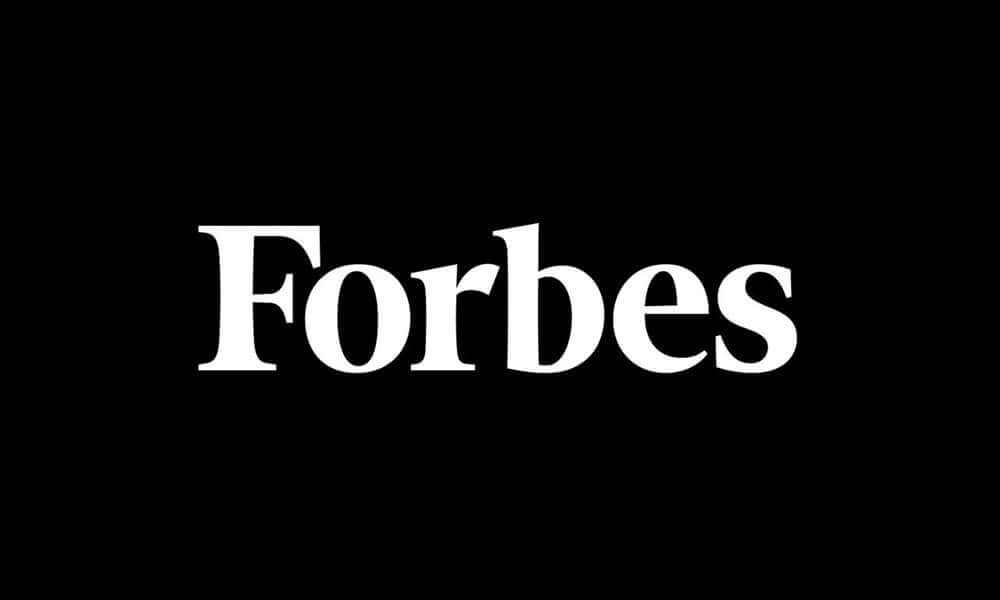
Forbes Business Council: Joel Cox is Co-Founder and Executive Vice President, strategy and innovation, at Strategus.
Consumers have been cutting the cord in favor of internet video delivered on demand for a little over a decade now. Then along came the pandemic, and this growing movement accelerated at a breakneck pace. In 2020, global cable TV market share continued to lose ground to CTV/OTT (internet-connected TV "over the top" of cable). For the first time since cable turned the tables on traditional broadcast 30 years ago, today’s connected TV technology has subverted the legacy media paradigm.
This digital acceleration sets the pace for a new advertising ecosystem previously defined by big-budget brands spraying everything they had at a few major networks and praying that something would stick. The viewers were always on the wrong side of this "spray and pray" mentality, enduring obnoxious ads with annoying frequency that were aimed clumsily their way based on assumptions about the content they were watching. The big brands were happy to flood the zone as long as a tiny fraction of millions of viewers bought the dog food. Until now, prospective buyers were not typically treated as individuals with unique preferences and aspirations.
Untargeted oversaturation is thankfully losing ground to a rising new standard: programmatic advertising on streaming television. As the co-founder of a company that offers a programmatic advertising platform, I can tell you that it was firmly entrenched prior to the pandemic, but now we’ve passed the tipping point. Today’s commercial economy is now driven by big data, automation and operational dynamics that are important for all executive leaders, from marketing and sales to IT and finance.
Understanding Data-Driven Targeting
Leveraging the "digital exhaust" in the form of viewers’ actions, preferences, location and engagement from hundreds of millions of users and devices, informed marketers can precisely identify viewership, browsing and buyer behavior patterns (just to name a few). Armed with that information, they can enter automated actions and programmatically serve ads in real-time, exclusively to the individuals and households who are likely to buy their widget. Perhaps the most significant change is that the "Mad Men" media-buying power of the Fortune 100 is finally within reach of smaller mid-market companies.
As with all market expansion, technical breakthroughs drive productivity gains, leading to more access, affordability and widespread adoption. The machine-learning methodology of programmatic platforms brings market efficiencies that enable you to pinpoint buyers with high-quality, scalable, omnichannel video campaigns across an ocean of internet inventory. Marketing teams can see, measure and adjust KPIs in real-time.
Content targeting is old school. Instead of scheduling ads on shows that attempt to reach, for instance, "21- to 34-year-olds who drink beer," data-driven audience targeting delivers a new equation. Advertisers can now use digital identifiers aggregated from multiple data sources to engage, say, a 35-year old woman who drives an Acura, who is also an organic food shopper who loves yoga. You can make an impression with ads optimized to her interests, devices, shopping patterns and location. You can start with a quality video ad on her living room TV that draws her in with sight, sound, motion and a message relevant to her lifestyle or shopping habits. You can then re-target a follow-up call to action on her laptop when she reads the news, on her mobile phone when she visits a competitor’s location or any number of custom parameters.
Connecting the dots programmatically in real-time like this strikes a balance between precision targeting and campaign scalability. Scalability requires access to enough inventory to "stick with" users as they traverse apps, sites, shows, etc. From the first high-value video message, then re-targeted to addressable and clickable engagement, cross-device programmatic advertising streamlines economic commerce across transactions.
The Challenge: Creating Trust With Viewers
Though "targeting" has carried a negative connotation, this hyper-targeting can be used with respect, honesty and fairness. A trust relationship starts with crafting and delivering relevance in a meaningful manner (no more invasive over-frequency, no more trying to sell products to people who would never buy them) and perhaps most importantly, honoring consumer privacy.
Ensure you're using anonymized third-party data to model future behavior, as this prevents you from knowing the prospect’s name, address, etc. Instead, match their interests with what they do, where they go and what they are likely to buy while respecting their privacy.
Revering the customer and attributing revenues to quality marketing touchpoints are the new challenges. High-performance video advertising is now available to thousands of companies, most of whom are not selling into mass markets but instead to customers with discrete tastes and habits, often regionally, even hyper-locally.
CTV/OTV programmatic advertising came on the scene only a few years ago and has truly arrived in 2021. It can help democratized technology and empower thousands of mid-market companies, even mom-and-pop entrepreneurs. And it requires a new set of business best practices that focus on perhaps the most important paradigm shift: a covenant of trust between buyers and sellers.

Andy Dixon is a seasoned Content Writing Specialist at Strategus, renowned for his expertise in creating engaging and impactful digital content. With over a decade of experience in content creation, Andy has honed his skills in a variety of niches, ranging from technology and marketing to education.
Strategus is a managed services connected TV(CTV) advertising agency with over 60,000+ campaigns delivered. Find out how our experts can extend your team and drive the result that matter most.
Talk to an Expert
Seeking a Custom CTV Strategy That Delivers?
What to read next
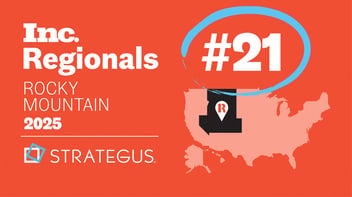
Strategus Ranked #21 on the 2025 Inc. Regionals: Rocky Mountain List of Fastest-Growing Private Companies
For the fourth year in a row, Strategusis proud to announce our recognition on the Inc. Magazine Regional list as one of the fastest-growing...
2 minutes read
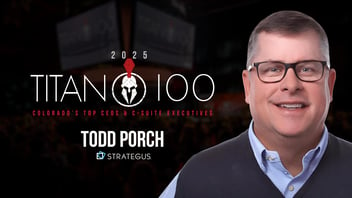
Todd Porch Named to the 2025 Colorado Titan 100
Denver, CO – March 18, 2025 – Titan CEO and headline sponsor Wipfli LLP are pleased to announce Todd Porch, CEO of Strategus, as a 2025 Colorado...
3 minutes read
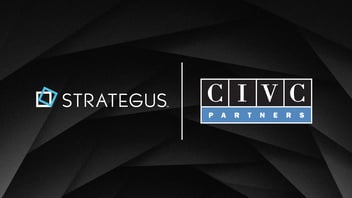
Strategus Announces Majority Investment from Private Equity Firm CIVC Partners
Investment will fuel continued growth of leading managed services provider of CTV advertising Todd Porch moves from President to CEO as company is...
3 minutes read
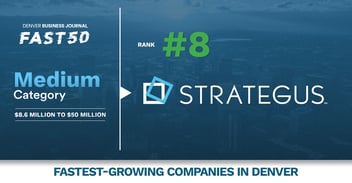
Strategus Named To Denver Business Journal Fast 50
DENVER – September 25, 2020 – The Denver Business Journal has named Strategus to its 2024 Fast 50 list of fastest-growing private companies in...
2 minutes read





